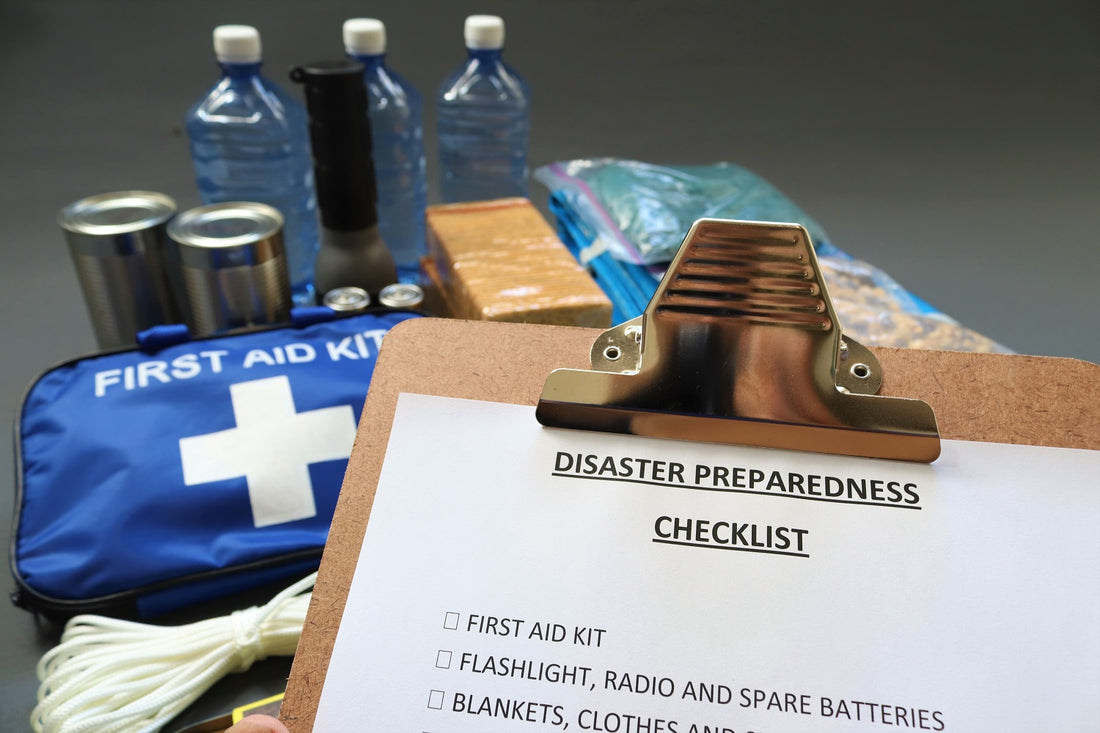
With fires raging across California, other parts of the country in unusually cold temperatures, and increase in drought and other weather activities, as well as earthquakes, tornadoes and the like, we often find ourselves behind the curve with our survival preparedness. Trying to get ready to evacuate, or survive an unexpected disaster in the heat of the moment is a recipe for trouble. The time to prepare is well beforehand.

image source: cnn.com
To properly prepare, let’s take a look at basic needs and build off that. We used to call it the rules of three in the military. Three hours without shelter in extreme weather (think well below freezing in poorly planned clothing), three days without water (think desert or strenuous conditions), and three weeks without food. This list, while making perfect sense, often surprises people whose survival efforts frequently focus on food acquisition. As Americans, we are not used to going more than a half a day without eating and as such, we have lost touch with how long we can really go. Shelter and hydration are really much more critical.
Shelter
Shelter can mean so many different things in execution. The basic concept is to protect yourself or your group from the effects of weather. This can often be accomplished with minimal equipment. A poncho or other waterproof tarp can be used to keep dry, and stave off hypothermia. A poncho liner or good quality blankets are cheap and will go a long way to keeping the cold at bay. Combine these two items and you have a very useful sleeping/shelter system that can be used in conjunction with natural terrain and flora/fauna. In the desert or high heat, the poncho can be rigged for shade. In cold weather, they can be paired for a waterproof insulating layer. These two things are easy to pack and can be placed in a bag, trunk of a car, or someplace else where they are readily accessible.
Water
Water can be a little harder to pack. A standard figure for hydration is 2 liters per person, per day. More in extreme heat or if there is significant exertion. Obviously you can get by with less if need be but dehydration is serious business and will quickly affect decision making, motor skills and body function. The good news is that dehydration is easy to fix. A small high quality water filter will allow one to use any water source for emergency drinking water. Some time back I found a sale on Life Straws. These are handy in that you can use it like a straw, and drink from any source with a relatively clean result. One or two in a bag or car are a nice insurance policy. At home, it is very easy and inexpensive to store water. You can purchase it already bottled, or if you want to save money, reuse older bottles by refilling them. Writing a date on the bottle will help you know when to rotate the water supply.

Food
Food is the least of our worries, and easy enough to store. Simple canned goods, bulk rice, beans, etc will last for a long time and can be rotated via normal usage so the stored supply is always fresh. A small camp stove will reduce the need for large cooking fires. Just be sure to check it for proper function. Sometime back, after a large earthquake knocked out power, I brought out a single burner backpacking stove from the closet. The stove had not been used for some time and upon igniting it, it burst into flames and had to be kicked into a nearby swimming pool to prevent a larger fire.

Tools
Do not overlook the importance of having accessible hand tools. A small combination hammer/axe is a great multi-function tool that can chop your way out of an earthquake-damaged house, and help you construct simple shelter from the rubble. Of course a stout fixed blade knife is a must-have as well.
When many people prepare for disaster, they focus on firearms. The debate on survival firearms is never ending and will be the subject of a different blog. Suffice it to say, if you are comfortable with having a gun, a gun can be a great comfort.
As you can see, gathering the basics is not a terribly daunting task, particularly when the sun is shining. As the old saying goes, dig the well before you are thirsty.
About the writer
Mike Lazarus
Military and Law Enforcement Veteran
FBI certified firearm instructor
MP5 and Sub Machine gun instructor
Defensive tactics instructor

0 comments